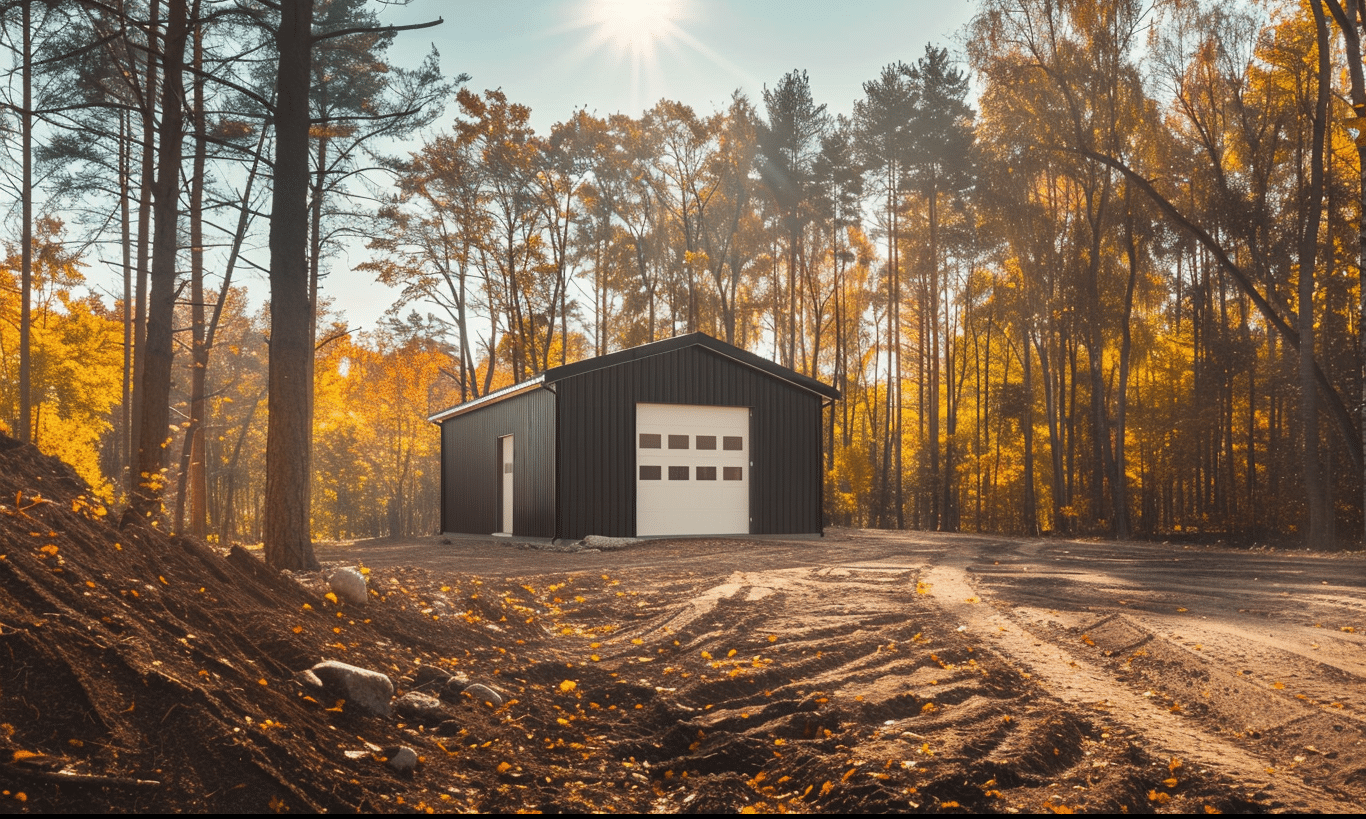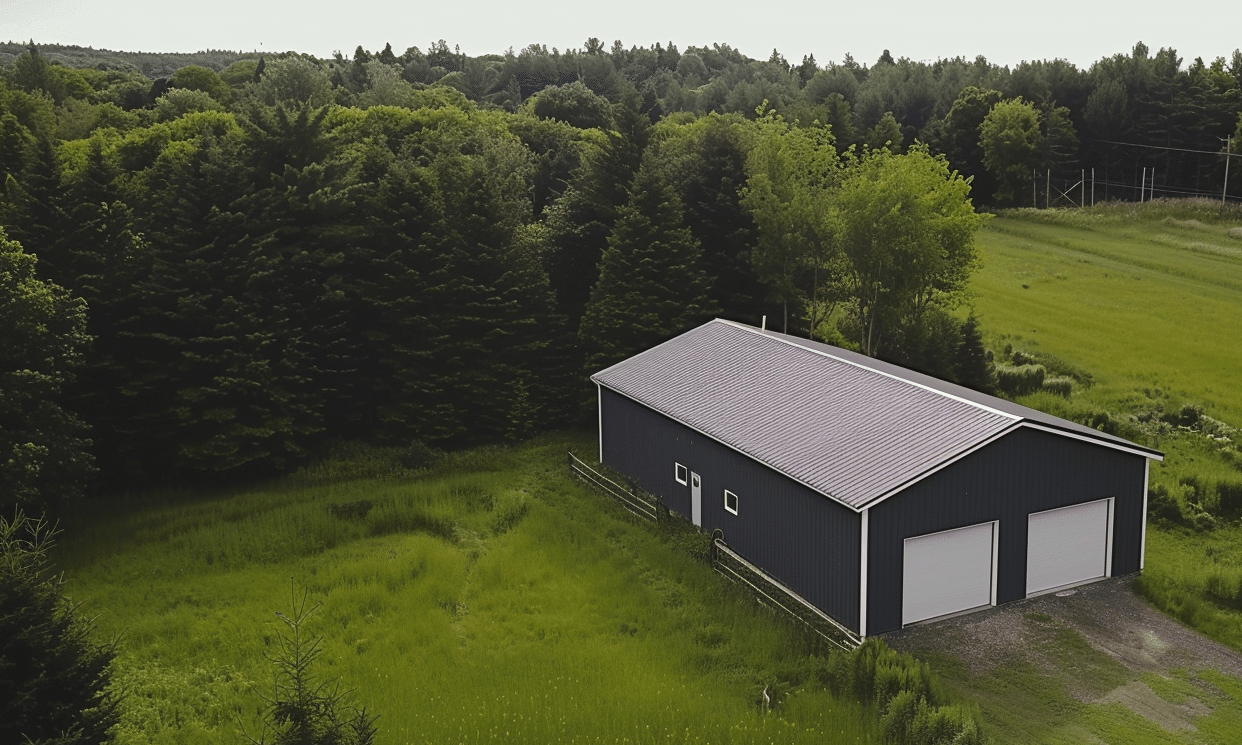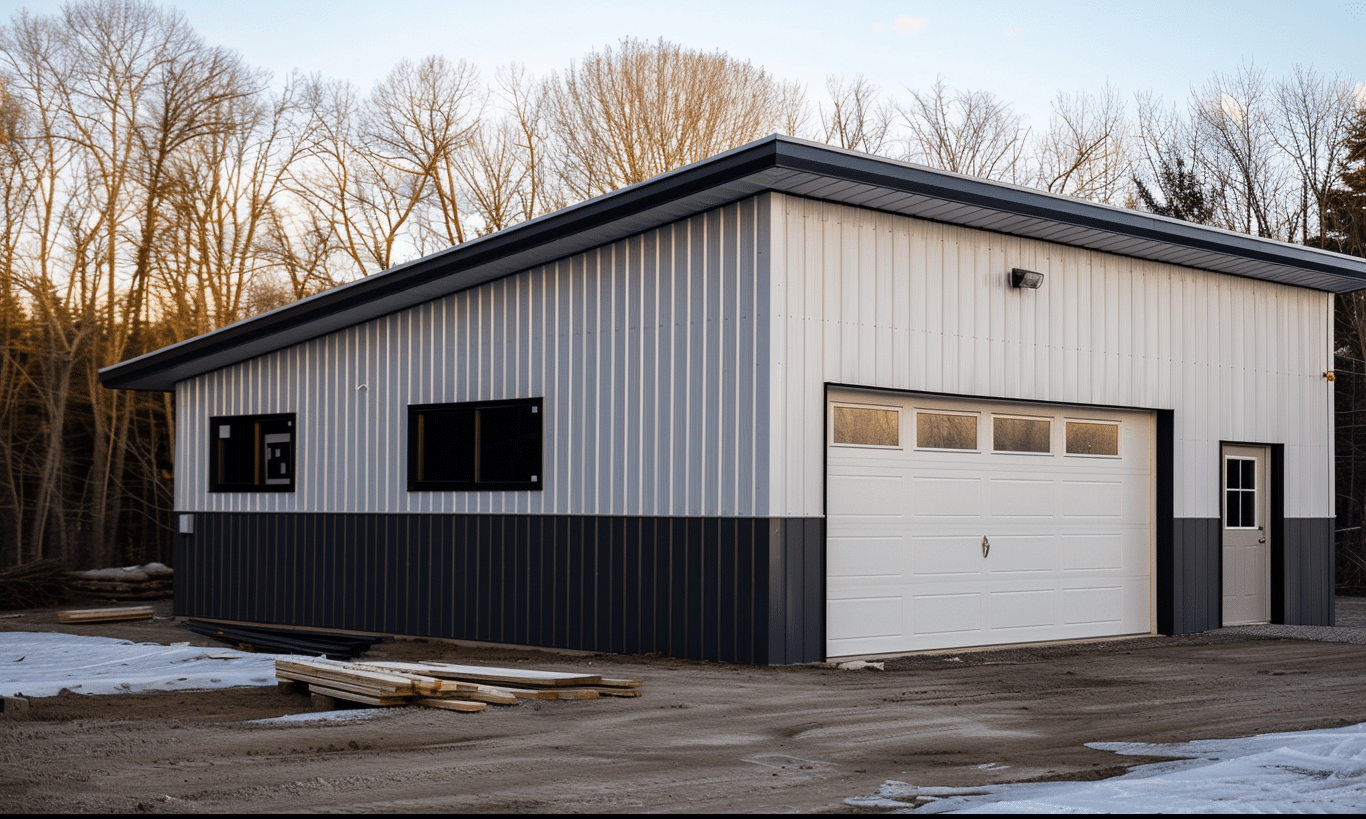Imagine a time when the very idea of erecting a building in a matter of days seemed like a sci-fi dream. Fast forward to today, where the landscape of construction has been radically altered, thanks to the innovation brought about by metal building kits. Let’s delve into the history of metal buildings, exploring how these kits have revolutionized construction, cutting down what once took weeks or months into a remarkably brief timeline.
The Dawn of Metal Construction
Long before the ubiquity of assembling metal building kits, the architecture of civilizations was dominated by wood, brick, and stone. Iron, considered a revolutionary building material, made its notable debut in the 18th century. Think about the Eiffel Tower or the iron beams in London’s Crystal Palace—these were not just feats of architecture but also the heralds of a new era in building construction.
Iron’s strength was unmistakable, but it was steel that stole the show during the Industrial Revolution. With the Bessemer process allowing mass production of steel, a seismic shift occurred in construction. Structures could now stretch higher and be built stronger than ever before. As cities began reaching for the clouds, it was clear metal had set a new standard.
The Rise of Prefabrication
In the early 20th century, the concept of prefabricating parts off-site gained traction. Prefabrication allowed buildings to be assembled like a puzzle, significantly reducing construction time. This approach especially took off during World War II when it was crucial to quickly erect military facilities and bases.
The concept of a metal shed flourished during this period. Military needs hastened innovation, and soon the notion of metal structures spread into post-war housing and eventually into the commercial sector. This evolution saw the development of the much-loved metal shed storage building as a staple in backyards and gardens worldwide.
Modern-Day Metal Building Kits
As time marched on, so too did the innovation within the realm of prefabrication. The 1980s and 1990s witnessed the advent of full-scale innovations in metal kits. Modern metal building kits became increasingly popular for their affordability, ease of assembly, and durability. With construction efficiency at the forefront, metal kits offered a tailored approach to building that catered to a variety of needs—be it a barn, garage, or commercial building.

To put it simply, these kits allowed anyone with basic construction skills to erect a sturdy, reliable structure without the involvement of large construction teams. Companies like Your Building Team offer a range of kits, making it simple for enthusiasts and small business owners alike to build efficiently.
The Endless Possibilities with Steel
With steel as the backbone of modern metal kits, the possibilities are seemingly endless. Consider the variety of shapes, customized solutions, and aesthetic finishes available today. You could walk out to your local supplier and procure any number of kits, from residential steel building kits in Ontario to a commercial garage. These adaptable kits provide a solution for any scenario, offering shelter, storage, and operational space alike.
For reference, the application of steel has fallen in favor with the renowned Better Homes & Gardens—an institution for all things innovative in home and garden improvement. With imagination as your only limit, metal kits truly embody the DIY dream that newspapers and magazines like BH&G often highlight.
The Future of Metal Building Kits
As we look to the future, metal kits are poised to continue their transformation of construction. Embracing eco-friendly manufacturing processes and leveraging modern technology such as smart home integration, these kits are at the intersection of tradition and innovation. With environmental concerns becoming ever more prevalent, the sustainable attributes of steel make it a responsible choice for future construction.
The expansion of urban areas and the necessity for affordable housing will likely see these kits taking center stage. In a world where a building can be constructed quickly to serve emerging needs like emergency shelters post-disaster, metal kits are more relevant than ever.
Learn More with Your Building Team
Delving deeper into the nuances of Your Building Team‘s offerings reveals a wide selection designed to cater to personal and professional needs. From the burgeoning urban landscape of Ontario looking for rapid expansion solutions to rural expanses requiring robust agricultural structures, the history of metal buildings continues to entwine with our everyday architectural challenges and triumphs.

Conclusion
Reflecting on the history of metal buildings serves not only as a testament to human innovation but also as a roadmap for future possibilities in sustainable construction. With steel building kits Ontario to the tried-and-true methods honed over past decades, metal building kits continue to redefine how we conceive, construct, and inhabit our spaces. They navigate the delicate balance between strength and adaptability, offering both a robust base and sophisticated flexibility that will shape our world for generations to come.










